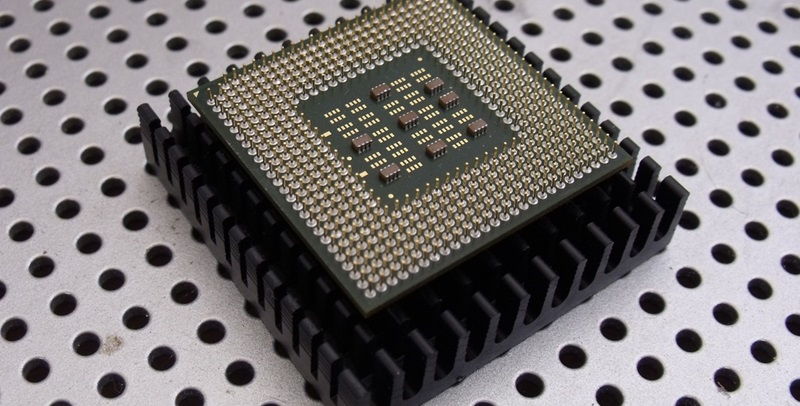The world of CPUs is buzzing with excitement as listings for Arrow Lake CPUs have emerged in shipping manifests, signaling that Intel has already initiated the process of sending them to partners for validation and testing. This development is significant as the CPUs are not expected to be officially launched until next year. The listings reveal intriguing details, including the core configuration and integrated GPU, which have captured the attention of tech enthusiasts and industry experts.
Overview of Arrow Lake CPUs
The first intriguing aspect revealed in the listings is the presence of an “H” in the name, indicating that Arrow Lake is a mobile CPU. However, it is also expected to make its way to desktops, promising high-performance computing across platforms. Another notable feature is the core configuration, which boasts six performance cores and eight efficiency cores. Alongside this, Arrow Lake CPUs will feature GT2, the integrated GPU. This combination points towards a highly capable and versatile processor.
Technical details
One of the most exciting prospects surrounding Arrow Lake CPUs is the manufacturing process. These CPUs are expected to be made on the cutting-edge Intel 20A process, which is two nodes beyond the upcoming Meteor Lake CPUs. Meteor Lake, slated to use Intel 4 (formerly 7nm), will be superseded by the advanced manufacturing process utilized in Arrow Lake. This suggests a significant leap forward in performance and efficiency.
Furthermore, the presence of the higher TDP (Thermal Design Power) in mobile Arrow Lake CPUs compared to Meteor Lake is a noteworthy detail. Reports indicate that Arrow Lake mobile will support a 45W TDP, while Meteor Lake is anticipated to max out at 30W, specifically designed for slim laptops. This divergence in power consumption hints at variations in performance and target devices for both CPU lines.
TDP and Performance
The discrepancy in TDP (Thermal Design Power) between Arrow Lake and Meteor Lake raises questions about the intended use cases for each CPU. The higher TDP in Arrow Lake mobile suggests that it may cater to devices that require more computational power, such as high-performance laptops or gaming machines. On the other hand, Meteor Lake’s lower TDP positions it as a more power-efficient option, ideal for ultraportable and thin-and-light laptops that prioritize battery life.
Release and replacement
According to reports, Arrow Lake CPUs are anticipated to replace the Raptor Lake refresh chips, encompassing both mobile and desktop variants. This gradual transition suggests that Arrow Lake will be a notable upgrade over its predecessor, offering improved performance and efficiency across the board. Intel’s commitment to its IDM 2.0 strategy, dubbed the “five nodes in four years” approach, becomes evident through the progress witnessed in the development of Arrow Lake.
The emergence of Arrow Lake CPUs in shipping manifests unveils promising innovations in Intel’s semiconductor technology. The mobile and desktop variants of Arrow Lake, with their impressive core configuration, advanced manufacturing process, and varying TDP, herald the next phase in CPU performance capabilities. As Intel continues to make significant strides towards its IDM 2.0 strategy, consumers can eagerly anticipate the arrival of these CPUs in the market, paving the way for enhanced computing experiences on multiple devices.

